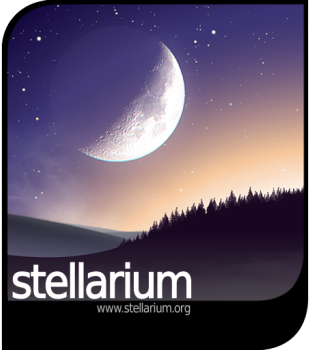
Unfortunately, it’s a huge discrepancy, if you want to model some occultations. It seems to be nothing, for sure if you deal with major conjunctions or planet configurations visible in the sky. For instance, if you are checking some great conjunction of two bodies, you can “discover”, that the difference between the Web and Desktop versions might reach as much as 10″. They come out especially when you want to check the area of the sky with a small FOV.

The worst thing is the inaccuracy! Both mobile and app (free) versions have significant mismatches with their calculations. It applies usually to stars not visible to the naked eye. In sparsely populated regions it’s a big problem to define the observation circumstances for the place you really desire.Īnother inconsistency might appear within the stars libraries, which are more developed in the desktop version. There should be an option for selecting the place by clicking somewhere instead of selecting an address. In turn, we are getting the names in local languages and alphabets, making our selection difficult. 1 The location search tool in Stellarium-web has deprived the place name translator.

The map canvas shows the place names in local languages (and alphabets), which might be inconvenient (Pic. It’s a convenient option for sure unless you don’t know the cities in the country or area you want to check. The location selection tool is based on the Leaflet OpenStreetMap interface, which enables us to find the place by address. It’s the problem, which personally wasn’t applied to me, although I can admit, that the location selection in this application is really poor. Some of the users pointed out the corrupted option of saving the selected location. Unlike the horizon, there might be other important things not working correctly in the Stellarium web. Since the main Stellarium program allows you to play with the horizon by changing the existing ones or providing your own horizon patterns, sometimes really useful for checking the rises or sets of celestial objects from the given location, the Stellarium web doesn’t have this option at all. The first streaking difference, which is sometimes troublesome is no option to change your horizon. However, we should point out the basic difference between the computer (or alternatively Android premium) version and the web-based version. Stellarium is a quite robust software, in turn, you can use it elsewhere. Within this second one, there are also another two ways of use, as you can have a free or premium version. The primary software is dedicated to your computer, but you can still work with Stellarium by using it both via a web application ( ) as well as an Android application ( Stellarium Mobile). Stellarium is a free open-source planetarium, which can be used in different ways.


 0 kommentar(er)
0 kommentar(er)
